
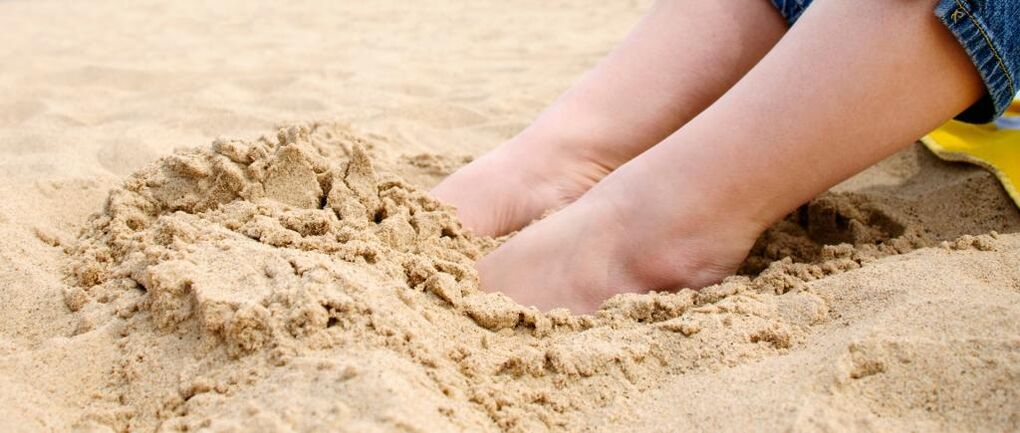
disease symptoms
- Itchy skin around nails;
- Grooves, spots or inclusions in the deck;
- pain;
- peeling nails;
- rancid smell;
- The plate leaves the nail bed;
- A white coating appears on the soft tissue beneath the nail plate.
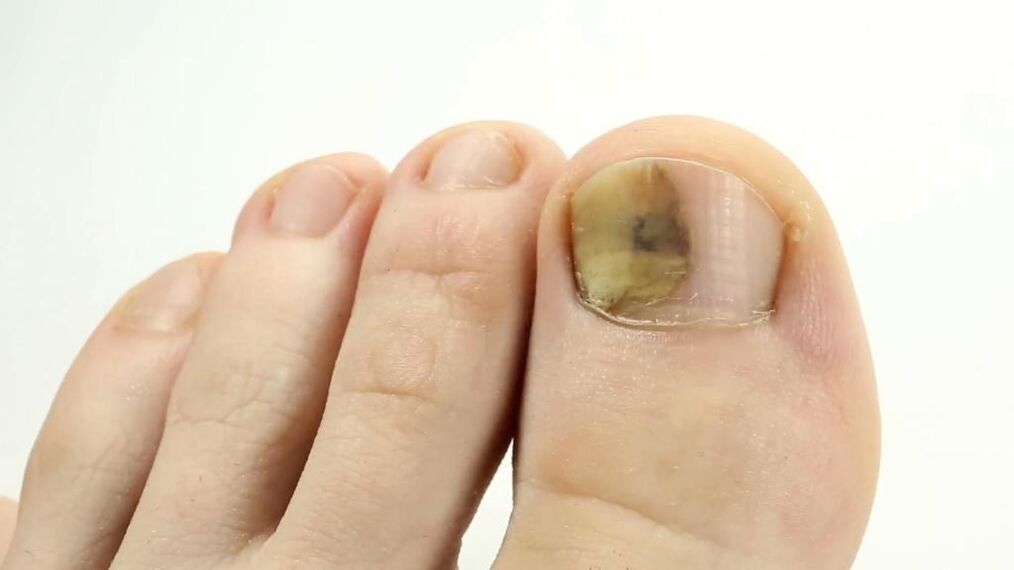
How does infection occur?
Is it possible to remove onychomycosis using folk remedies?
- weaken the immune system;
- Cause allergic reactions;
- Lead to worsening of chronic diseases.
- Oral administration—tea, tincture, decoction;
- External use - solutions, compresses, ointments.
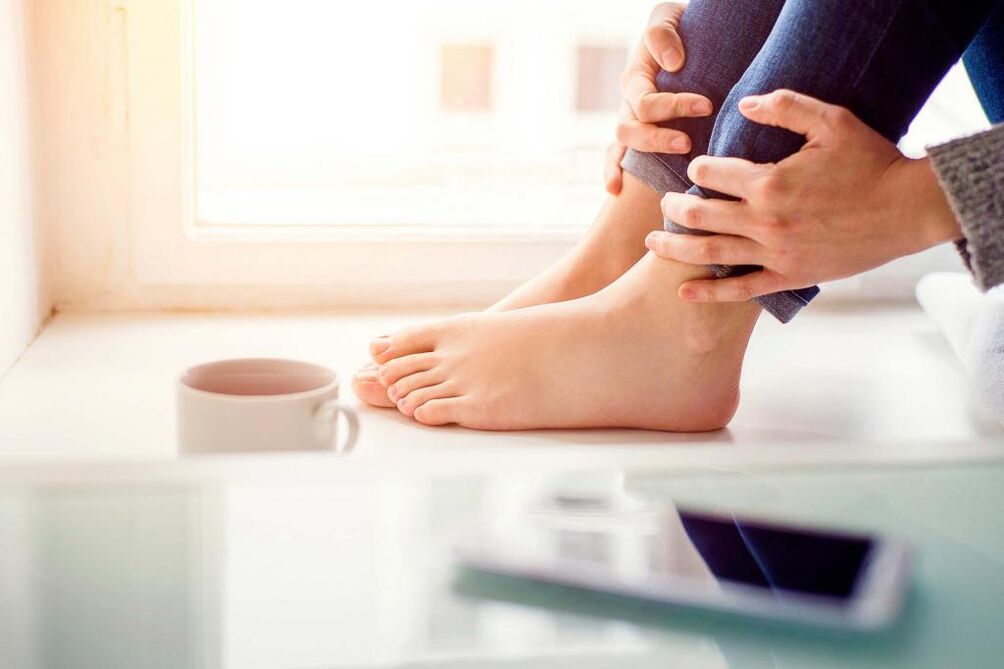
Chelidonium-based preparations
fresh fruit juice
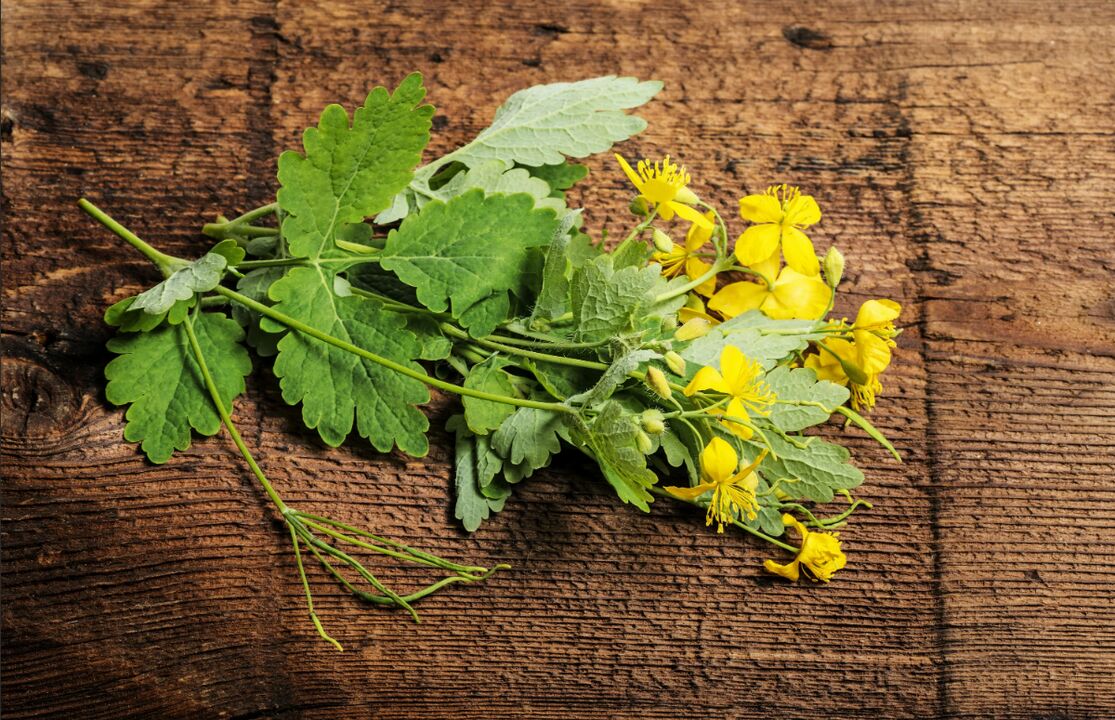
vodka tincture
Celandine and marigolds
Vinegar Treats Fungus
vinegar concentrate
eggs and vinegar
ointment
foot bath
uses of iodine
baking soda
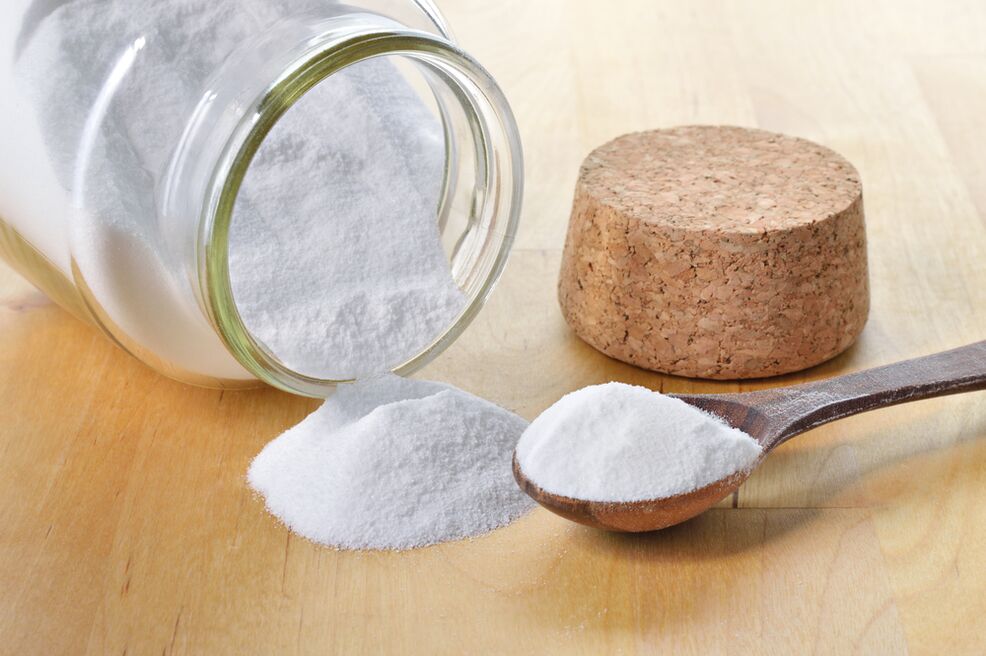
essential oils
- clean;
- regeneration;
- anti-inflammatory (drug;
- Sterilize.
- compression.Heat tea tree oil to 30°C and dilute it with two teaspoons of warm water. Soak a cotton pad in the resulting mixture and leave it on the nail plate for an hour. After surgery, it will become soft and elastic for easier trimming.
- bathroom.Pour three liters of hot water into a basin, add drops of ylang ylang essential oil and add rosemary or lavender (10 drops). Soak your clean feet in the solution for a quarter of an hour. After surgery, wrap your feet in a hot towel for a quarter of an hour.
- Use in pure form.If you are not allergic to oil, you can use it to lubricate your nail plate, steaming it in hot water with 72% laundry soap beforehand. Dip a cotton swab in oil and lubricate the affected nail. It should not be washed off.
Propolis Tincture
- Apply a piece of propolis to the affected nail, previously steamed in a solution of potassium permanganate for half an hour. The procedure should be performed twice daily for a month.
- Moisten a cotton pad with propolis-alcohol solution (20%) and apply it to the nail plate, covering it with dry cotton wool. At the end of the procedure, the finger is wrapped with a bandage. The bandage can be removed after one day and the softened nail removed.
tea tree mushroom
- Remove a thin layer from the mushroom, soak it in water for an hour and apply one piece to each affected nail;
- Cover the dressing with plastic wrap and put on wool socks;
- Leave the compress on overnight.
garlic
- Pour a cup of apple cider vinegar over a clove of garlic in a covered glass container and keep it in a dark place for two weeks. Apply the finished composition to the fungus-infected nails in the evening, put a gauze bandage on them until the morning. Treatment is continued until pathological symptoms disappear.
- Squeeze the juice from five cloves of garlic. It should be diluted with 30 ml of boiling water. This product is used to lubricate sore nails and must first be evaporated and dried.
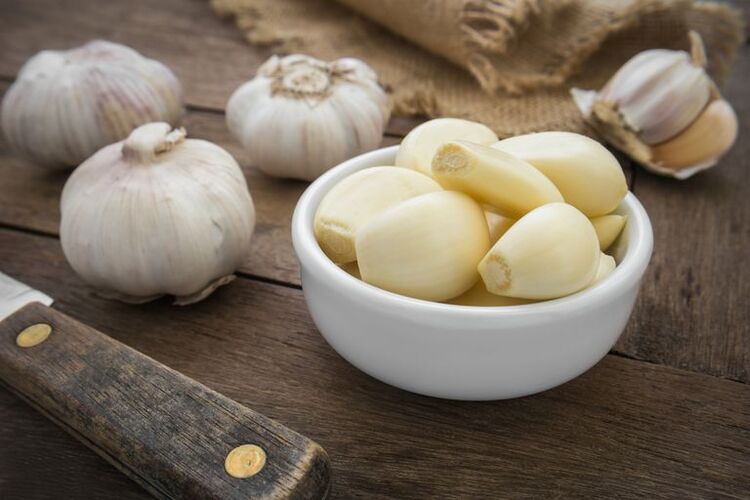
hydrogen peroxide
- A mixture of several products.Dissolve 1/2 cup vinegar soda, 1/4 cup hydrogen peroxide, and 1/2 cup magnesium sulfate in four cups of water. Secure a cotton swab soaked in this mixture to the affected nail with a Band-Aid. The bandage is left on the affected area for 10 hours. Then replace it with a new one. Treatment lasts for 10 days.
- Peroxide and vinegar.Mix equal parts peroxide and 6% vinegar. Dip your fingers into the mixture and hold until it sizzles. Then wash your feet with warm water and apply a mixture of equal parts tea tree oil and petroleum jelly to your dry nails. This procedure should be performed once a day for a week.
Procaine-based anesthetics
herbal medicine
- Mix equal parts of mugwort, burdock leaves and chamomile flowers. Pour a tablespoon of the mixture into a cup of boiling water. After 20 minutes, when the composition has cooled slightly, dip your fingers in it for 15-20 minutes.
- Chamomile flowers, oak bark, and calendula should be taken in equal proportions. Pour boiling water (one liter) into three spoons of the mixture. Let the mixture sit for half an hour. Then add a tablespoon of sea salt to the broth. Put your feet in it. This process lasts for a quarter of an hour.
- Crush and combine equal parts of blackberry leaves, verbena, horsetail, calendula, and oak bark. Pour boiling water (200 ml) into a ladle (teaspoon) of the mixture. Place the container with the herbal mixture in a water bath for a quarter of an hour. Strain, cool and moisten a cotton pad with the resulting liquid. They come in the form of a lotion and are applied to painful nails at night.
- Gently tap the burdock leaves with a spoon to release the juice. Place scraps of sheet over the nail plate, wrap the finger with a bandage and put on socks. Dressings should be changed every 12 hours. Continue treatment for 10 days.
- The leaves of Kalanchoe and Golden Beard must be ground into a paste. Apply the lump to the infected surface and secure it with a bandage. In the morning, remove the bandage and wash your feet with warm water. Treat until symptoms disappear.
- Pour 150 ml of vodka into 10-15 g of lilac flowers. Soak the ingredients in a dark place for two weeks. Rub the damaged nail plate with the prepared tincture twice a day for a week.

Advanced forms of fungi
prevent disease
- Do not use other people's hygiene products. This rule must also be observed within the family context, since according to medical statistics more than 60% of infections occur at home.
- Treat bathrooms and carpets with a disinfectant solution.
- Treat bedding and towels used by patients with a 5% chloramine solution.
- Stockings or socks should be changed daily. Fungal spores can migrate to fabrics and they can only be removed by boiling them, but this is not always possible.
- After swimming in the pool, treat nails and feet with a 40% hexamethylenetetramine solution.
- Dry or sweaty skin is an ideal place for infection to multiply. Doctors have proven that boric acid, hexamethylenetetramine, and talc are very effective in helping to deal with excessive dryness or sweating of the feet.
























